Discover 11 hidden attractions, cool sights, and unusual things to do in Volterra (Italy). Don't miss out on these must-see attractions: Volterra Cathedral, Volterra Baptistery of San Giovanni, and Cappella della Croce di Giorno. Also, be sure to include San Francesco in your itinerary.
Below, you can find the list of the most amazing places you should visit in Volterra (Tuscany).
Table of Contents
Volterra Cathedral
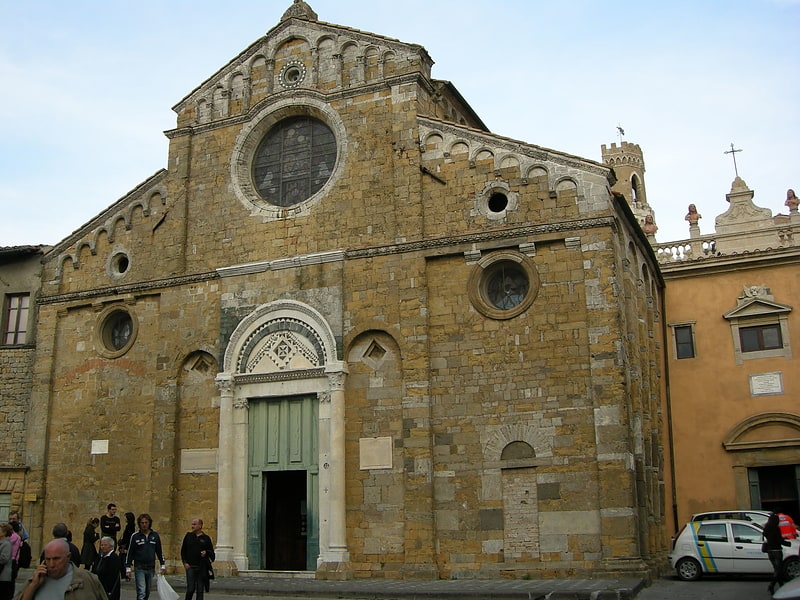
Also known as: Duomo di Volterra
Cathedral in Volterra, Italy. Volterra Cathedral is a Roman Catholic cathedral in Volterra, Italy, dedicated to the Assumption of the Virgin Mary. It is the seat of the bishop of Volterra.[1]
Address: Piazza San Giovanni, Volterra
Volterra Baptistery of San Giovanni

Also known as: Battistero di San Giovanni
Building in Volterra, Italy. The Baptistery of San Giovanni an octagonal 13th century religious building standing just in front of the Duomo of Volterra, in the center of the city. It was supposedly set up in the seventh century at the site of a Roman Temple dedicated to Sun worship.
Only one of the sides has been furnished with green and white marble. The Romanesque Portal has been attributed to a follower of Nicola Pisano. The 16th-century altar inside has been assigned to Balsimelli da Settignano, using a design by Mino da Fiesole. It has a painting (partially damaged during World War Two of the Assumption of the Virgin by Niccolò Circignani. Beside that altar is a marble font (1502) is by Andrea Sansovino. The Ciborium (1471) was completed by Mino da Fiesole. The Baptismal font (1759) by Giovanni Vaccà. Above it rises a statue of St John the Baptist (1771) by Giovanni Antonio Cybei. The holy water receptacle is an ancient Roman sarcophagus.[2]
Address: Piazza S. Giovanni, 56048 Volterra
Cappella della Croce di Giorno
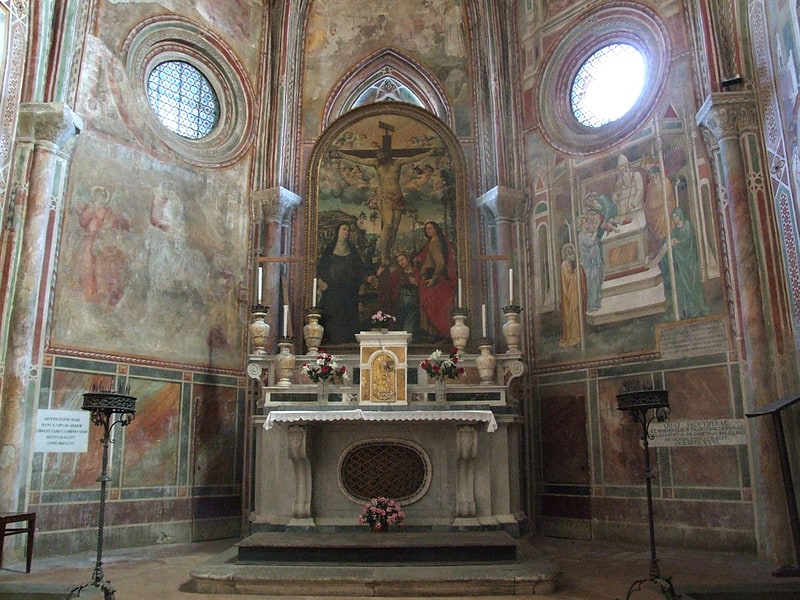
The Chapel of the Cross of Day is located in Volterra, in the province of Pisa, diocese of Volterra; the chapel is adjacent to the church of San Francesco, with which it is connected by a side door: this is usually the way to access the visit to the chapel, which also would have its own independent entrance on the square.
The chapel since 1786 has been owned by the family of Count Guidi.
San Francesco
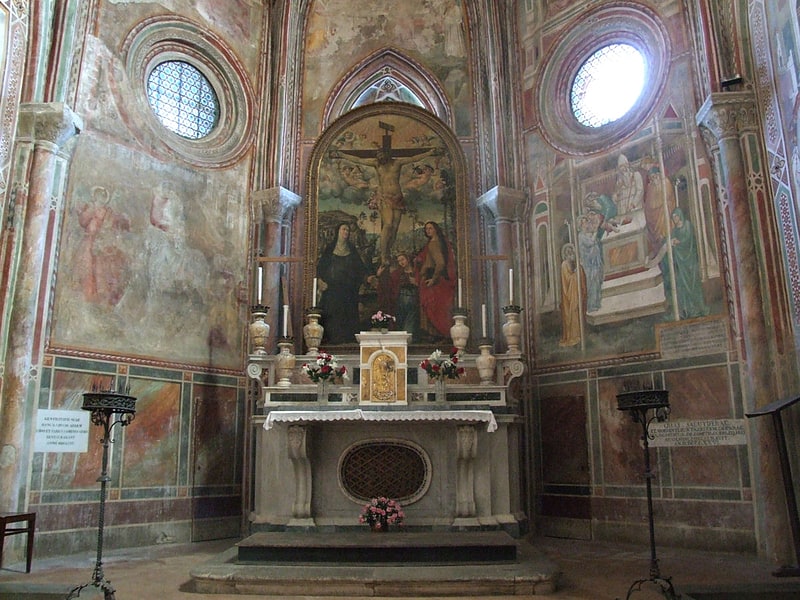
Church in Volterra, Italy. The church of San Francesco is an ancient church Volterra in the province of Pisa.
The plain stone church was built in the 13th century for a community of Franciscan friars. The interior has marble monuments to members of the aristocratic family of Counts Guidi, who were patrons of the order. The monument to bishop Guidi (1588) was designed by Felice Palma. Among the paintings in the altars flanking the nave is a Concession (1585) by Giovanni Battista Naldini, a Nativity (1591) by Giovanni Balducci, a Crucifixion attributed to Bartolomeo Neroni, and a Crucifixion (1602) painted by Cosimo Daddi. The paintings of the Circumcision of Christ (1490-91) by Luca Signorelli and the stunning masterpiece of the Deposition (1521) by Rosso Fiorentino are no longer here, the church for which they were painted; the former is in the National Gallery of London, while the latter has been moved to the Pinacoteca Civica of Volterrra. The baptismal font was sculpted by Giovanni Battista Bava in 1552.[3]
Address: Via S. Lino, 26, 56048 Volterra
Palazzo dei Priori

The Palazzo dei Priori is located in the historic center of Volterra, in the square of the same name, in the province of Pisa. It is the oldest municipal palace in Tuscany.
The palace was also the early home of the city's Pinacoteca, as many paintings were housed in its rooms during the 19th century, until all the works were moved to the present site of the Minucci-Solaini Palace.
Address: Piazza dei Priori, Volterra
Hotel San Lino
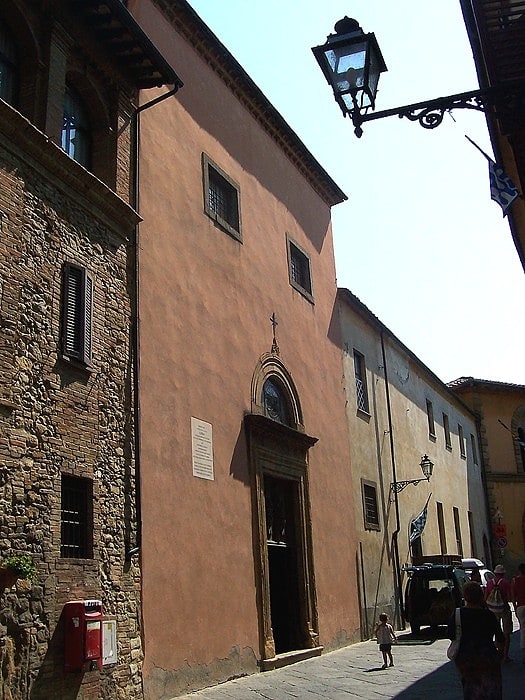
Also known as: Chiesa di San Lino
Monastery in Volterra, Italy. San Lino is a Renaissance-style, Roman Catholic church and former monastery in Volterra, region of Tuscany, Italy. It is located on Via San Lino in the historic center of the town.[4]
Address: Via S. Lino, 43-45, 56048 Volterra
Church of San Giusto
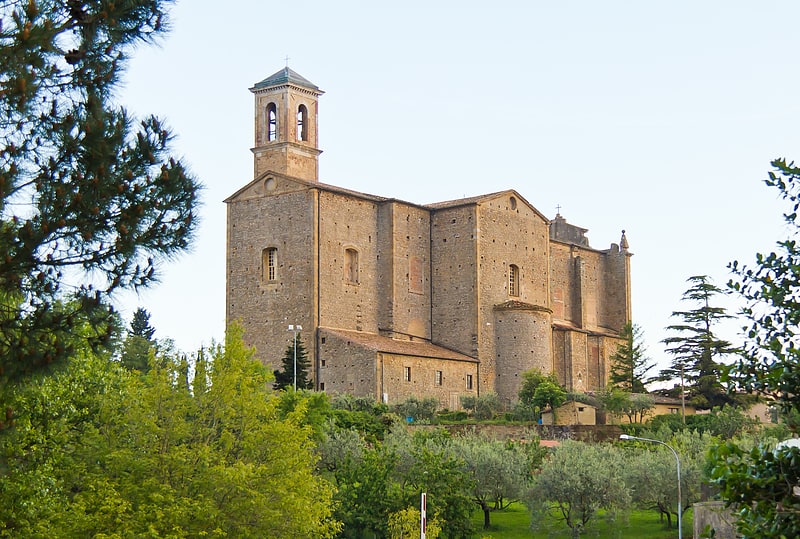
Also known as: Chiesa dei Santi Giusto e Clemente
Church in Volterra, Italy. The Church of Santi Giusto e Clemente is an ancient church in Volterra, Pisa, Italy. It is also known as San Giusto or San Giusto Nuovo. For some 850 years, the Abbey of Sts. Justin and Clement was attached to it, and it was administered by the monks of that monastery.[5]
Address: Piazzale XXV Aprile, 56048 Volterra
Persio Flacco Theater
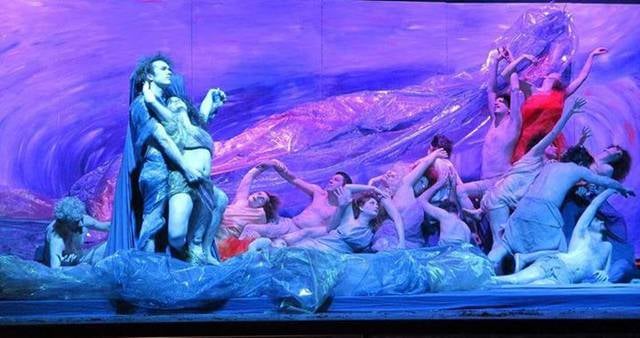
Also known as: Teatro Persio Flacco
Theater in Volterra, Italy. The Persio Flacco is an active opera and theater stage in Volterra, Italy.[6]
Address: Via dei sarti 37, Volterra
San Pietro in Selci
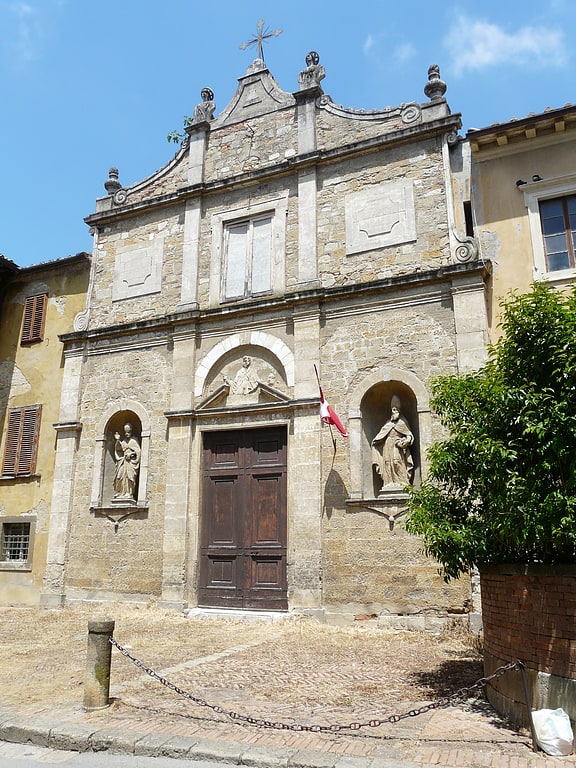
Catholic church in Volterra, Italy. San Pietro in Selci is an ancient church in Volterra, Italy.
A church was initially established by Guiscard, Marquis of Tuscany in 1005, and part of the building we see today dates to the 12th century, but sports today a later Baroque facade with statues in tufa of San Lino and Saint Giusto by Leonardo Ricciarelli.
The interior contains a painting of a Madonna with Child and Saints by the 15th century Master of Volterra, two canvases by Niccolò Circignani depicting respectively an Annunciation and the Glory of the Virgin, a canvas by Francesco Brini depicting an Immaculate Conception and a painted stucco with a Madonna and Child.[7]
Address: Via Don Giovanni Minzoni, 49, 56048 Volterra
Fortezza Medicea
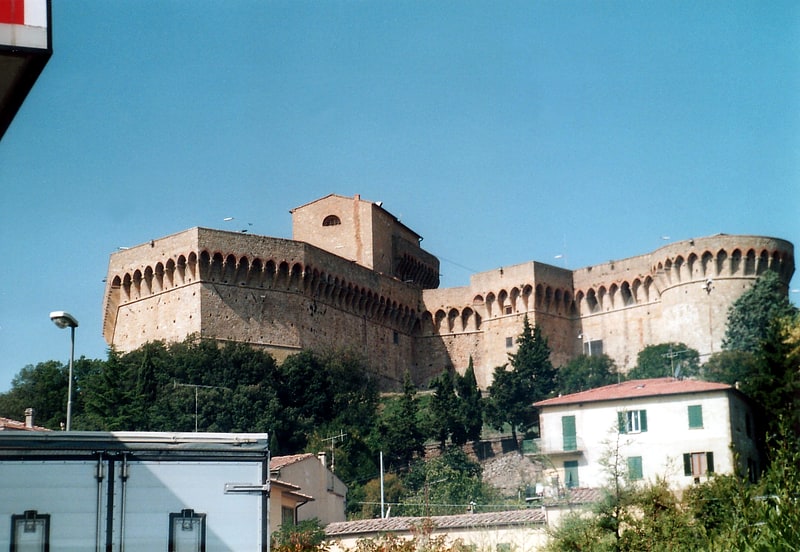
The Fortezza Medicea of Volterra is built on the highest point of the hill overlooking the town. From the outside it is an imposing structure. It takes the form of two smaller fortresses joined together.
Despite its name, the origins of the fortress predate the ascendancy of the Medicis. The southern part was constructed at the command of the Duke of Athens who had been appointed governor of Florence in 1342.
For more than a century the once friendly relationship between Volterra and Florence became increasingly complicated and at times confrontational: the discovery locally of valuable Alum in the 1470s focused the interest of Florence, and in 1472 7,000 Florentine troops besieged and then sacked the town, after which Florentine control over Volterra and the alum mines was no longer in doubt. The fortress was upgraded by another Florentine ruler, Lorenzo the magnificent who was also responsible for the construction of the adjacent newer fortress in 1474.
The two fortresses are linked by a stone “curtain wall”. The fortress is used currently as a medium security prison and tourist visits to the interior are restricted to a few days and a small portion of the buildings. A notable exception is that part used as a restaurant operated by appropriately supervised prisoners.[8]
Address: Via don Minzoni, 49, Volterra
Church of St. Michael the Archangel
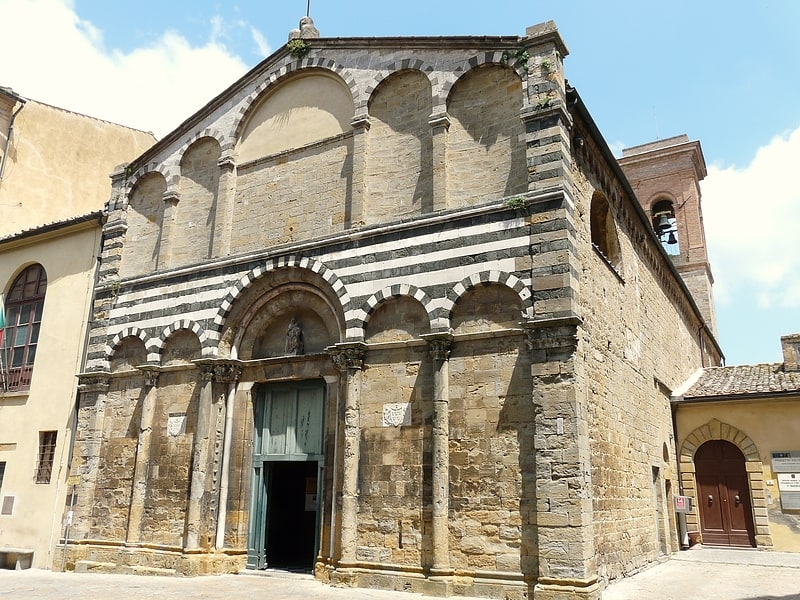
Also known as: Chiesa di San Michele Arcangelo
Church in Volterra, Italy. San Michele Arcangelo is a 13th-century Romanesque-style, Roman Catholic church in Volterra, region of Tuscany, Italy. The church is across the street from the Medieval Palazzo Maffei-Guarnacci.[9]
Address: Via Guarnacci, 6, 56048 Volterra